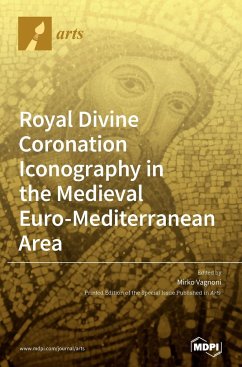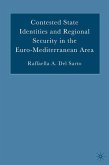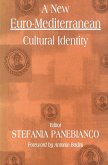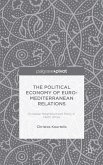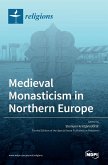In the last decades, historians and art historians have created an active historiographical debate about one of the most fascinating and studied iconographic themes of the Middle Ages: the royal divine coronation. Indeed, in the specific case of some Ottonian and Salian illuminations, it has been proposed that their function was not only political or to legitimize power, as traditionally suggested (Herrscherbilder), but also liturgical and religious (Memorialbilder). This has led to a complete rethinking of the meaning of this iconographic theme: the divine coronation of the king would not symbolically allude to his earthly power but to the wholly devotional hope of receiving the crown of eternal life in the afterlife. If this academic debate has been concentrated, above all, on Ottonian and Salian royal images, this Special Issue of Arts would like to deal with this topic by stimulating the analysis of royal divine coronation and blessing scenes in religious and liturgical context (mosaics, frescos, or paintings placed in cathedrals or monastic churches and illuminations of liturgical texts) with a wider geographical and temporal setting; that is, the European and Mediterranean kingdoms in the period from the 12th to the 15th centuries.

